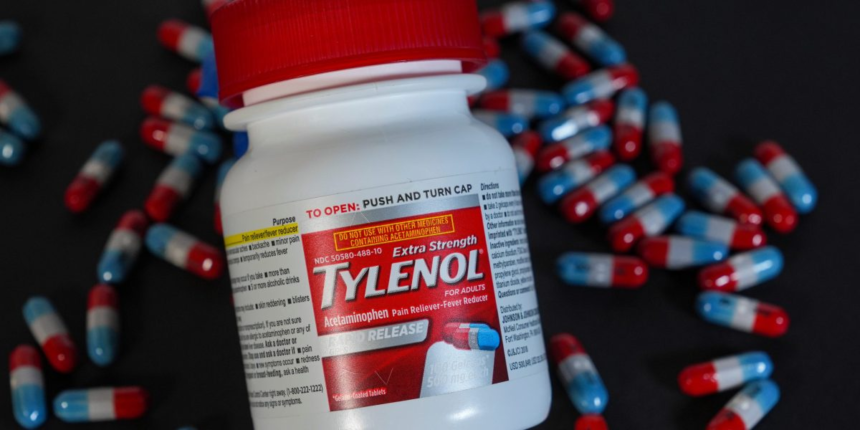Shareholders of Kimberly-Clark will own about 54% of the combined company. Kenvue shareholders will own about 46% in what is one of the largest corporate takeovers this year. The deal must still be approved by the shareholders of both companies.
The combined company will have a huge stable of household brands under one roof, putting Kenvue’s Listerine mouthwash and Band-Aid side-by-side with Kimberly-Clark’s Cottonelle toilet paper, Huggies and Kleenex tissues. It will also generate about $32 billion in annual revenue.
Kenvue has since been targeted by activist investors unhappy about the trajectory of the company and Wall Street appeared to anticipate some heavy lifting ahead for Kimberly-Clark.
Kenvue’s stock jumped 12% Monday afternoon, while shares of Kimberly-Clark, based outside of Dallas, slumped by nearly 15%.
Kenvue shares have shed nearly 50% of their value since approaching $28 in the spring of 2023. Morningstar analyst Keonhee Kim said Kenvue’s volatile journey as a public company may have been driven in part by poor execution and a lack of experience operating as a stand-alone business.
He said the leadership of a more-established consumer products company like Kimberly-Clark could help unlock some of Kenvue’s value.
He also noted that Kenvue brands include Neutrogena, Benadryl and other names that have been in store consumer health aisles for decades. Kim said he thinks Kimberly-Clark may have seen upside in adding those products.
“I think that may have made the deal a lot more attractive … especially after the past couple of months of Kenvue’s stock price decline,” he said.
Kennedy reiterated the FDA guidance during a press conference last week. He said that there isn’t sufficient evidence to link the drug to autism.
“We have asked physicians to minimize the use to when it’s absolutely necessary,” he said.
Kenvue has continued to push back on the Trump administration’s public statements about Tylenol and acetaminophen, the active ingredient it contains.
“We strongly disagree with allegations that it does and are deeply concerned about the health risks and confusion this poses for expecting mothers and parents,” Kenvue said in a statement on its website.
The merger could face other hurdles. Citi Investment Research analyst Filippo Falorni said he is concerned about the deal’s size given the recent history in the sector, particularly given the challenges faced by Kenvue.
Kimberly-Clark and Kenvue, like Kraft Heinz, are facing increasing competition from cheaper store brands. In 2024, 51% of toilet paper and other household paper products sold in the U.S were store brands, according to Circana, a market research company, while store brands held a 24% share of sales of health products, including medications and vitamins.
On Monday, a bottle of 100 extra-strength Tylenol caplets cost $10.97 on Walmart’s website. A bottle of 100 extra-strength acetaminophen caplets from Walmart’s Equate brand cost $1.98.
Still, both Kimberly-Clark and Kenvue make name-brand products in segments where consumers are less likely to shift to store brands, including hair care, skin care, feminine products and mouth care, according to Circana. Kenvue owns brands like Aveeno and Neutrogena, for example, while Kimberly-Clark makes Kotex and Depend.
Kimberly-Clark Chairman and CEO Mike Hsu will be chairman and CEO of the combined company. Three members of the Kenvue’s board will join Kimberly-Clark’s board at closing. The combined company will keep Kimberly-Clark’s headquarters in Irving, Texas, but there will be significant operations around Kenvue facilities and locations as well.
The deal is expected to close in the second half of next year. It still needs approval from shareholders of both both companies.
Kenvue shareholders will receive $3.50 per share in cash and 0.14625 Kimberly-Clark shares for each Kenvue share held at closing. That amounts to $21.01 per share, based on the closing price of Kimberly-Clark shares on Friday.
Kimberly-Clark and Kenvue said that they identified about $1.9 billion in cost savings that are expected in the first three years after the transaction’s closing.
___
AP Health Writer Tom Murphy contributed to this report.









